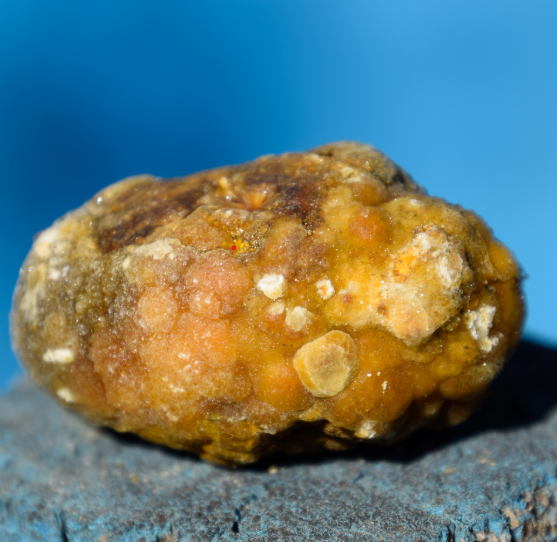Asymptomatic Gall Bladder

When is surgery indicated in patients with asymptomatic cholelithiasis?
Surgery should not be offered to patients with asymptomatic cholelithiasis
Cholecystectomy may be beneficial for patients who are at
- high risk of biliary cancer,
- infection,
- or other complications, including younger patients
- and those with choledocholithiasis, sickle cell disease, gallstones larger than 3 cm,
- or significant immunosuppression.
Most patients with gallstones (50% to 70%) have asymptomatic cholelithiasis, defined as the detection of gallstones without related symptoms or sequelae such as colic, cholecystitis, cholangitis, or pancreatitis.
Patients develop symptoms at approximately 1% to 2% per year.

Complications were rare (approximately 4% over 25 years) except when preceded by biliary colic. Complications typically include acute cholecystitis (0.3% per year), obstructive jaundice (0.2% per year), acute pancreatitis (0.04% to 1.5% per year).
Studies show mortality rates from laparoscopic cholecystectomy of 0.14% to 0.5%, depending on patients’ age and fitness. Compared with emergent cholecystectomy, elective laparoscopic cholecystectomy has lower rates of complications and conversion to open cholecystectomy.
Studies were performed to compare prophylactic surgery with expectant management in patients with asymptomatic cholelithiasis. It predicted higher costs and increased mortality across all adult age groups and in both sexes with prophylactic surgery. For example, the prophylactic surgery strategy predicted a mortality rate of 540 per 100,000 men 50 years of age vs. 383 for expectant management. The cost of prophylactic surgery was four times that of watchful waiting.

